DIY Handmade Candles: Ever wondered how to fill your home with the warm glow and comforting scents you adore, without breaking the bank? I know I have! There’s something incredibly satisfying about creating something beautiful and functional with your own two hands, and that’s exactly what we’re diving into today.
Candle making has a rich history, dating back to ancient civilizations who used tallow and beeswax to illuminate their lives. From the simple rushlights of the past to the elaborate, scented creations we enjoy today, candles have always held a special place in our hearts and homes. They symbolize warmth, comfort, and even celebration.
But let’s be honest, buying high-quality candles can get expensive! That’s where the magic of DIY handmade candles comes in. Not only can you save money, but you also gain complete control over the ingredients, scents, and overall aesthetic. Imagine crafting personalized candles for every room in your house, or creating unique gifts for friends and family. This guide will provide you with simple, step-by-step instructions and creative ideas to get you started on your candle-making journey. I’m so excited to share these tips and tricks with you, so let’s get crafting!
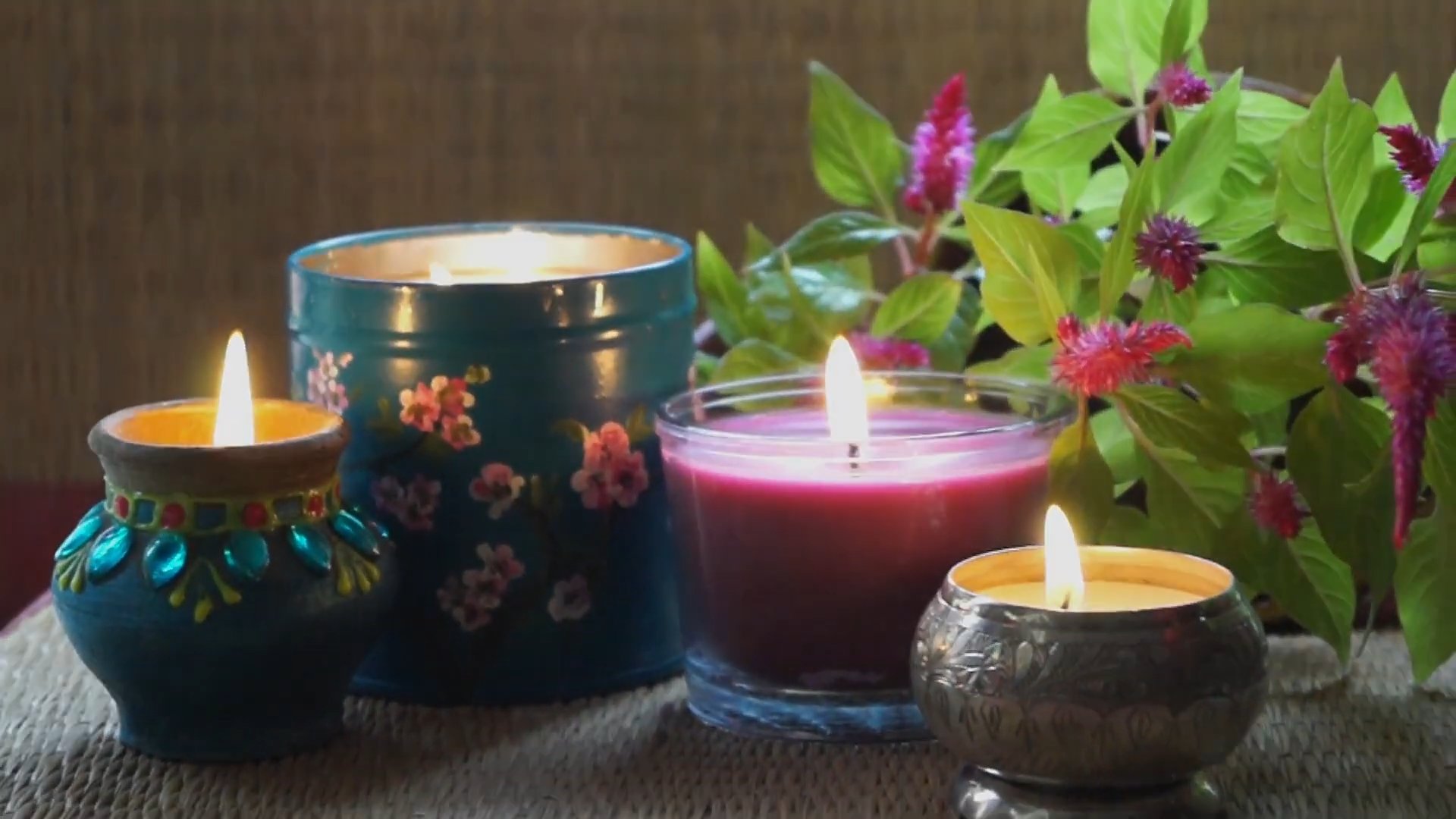
DIY Candle Making: A Beginner’s Guide to Creating Beautiful, Scented Candles at Home
Hey there, candle enthusiasts! Ever wondered how those beautifully scented candles are made? Well, I’m here to tell you it’s easier than you think! Making your own candles is a fun, rewarding, and surprisingly simple DIY project. Plus, you get to customize everything from the scent to the color to the container. Let’s dive in and learn how to create your own amazing candles!
Materials You’ll Need
Before we get started, let’s gather all the necessary supplies. This will make the process smoother and more enjoyable.
* **Wax:** This is the heart of your candle. I recommend soy wax for beginners. It’s natural, burns cleanly, and holds fragrance well. Paraffin wax is another option, but it’s not as eco-friendly. Beeswax is a natural option with a subtle honey scent, but it can be a bit trickier to work with.
* **Wicks:** Choose the right wick size based on the diameter of your container. Too small, and your candle won’t burn properly. Too large, and it’ll produce too much smoke and heat. Pre-tabbed wicks are super convenient.
* **Fragrance Oils or Essential Oils:** This is where you get to personalize your candles! Choose scents you love. Fragrance oils are specifically designed for candles and tend to be stronger. Essential oils offer a more natural aroma, but you might need to use more to achieve the desired scent throw.
* **Containers:** Get creative! You can use mason jars, teacups, tins, or any heat-safe container you like. Just make sure it’s clean and dry.
* **Double Boiler or Heat-Safe Bowl and Saucepan:** This is for melting the wax safely. A double boiler is ideal, but a heat-safe bowl placed over a saucepan of simmering water works just as well.
* **Thermometer:** A candy thermometer or digital thermometer is essential for monitoring the wax temperature.
* **Pouring Pot:** This makes pouring the wax into your containers much easier and less messy.
* **Scale:** For accurately measuring the wax and fragrance oil.
* **Stirring Utensil:** A chopstick, wooden skewer, or heat-resistant spatula will do the trick.
* **Wick Stickers or Glue Dots:** To secure the wick to the bottom of the container.
* **Optional: Dye Chips or Liquid Dye:** If you want to add color to your candles.
* **Optional: Wick Centering Device:** Helps keep the wick centered while the wax cools. Clothes pins or skewers work well too.
* **Newspaper or Protective Covering:** To protect your work surface from spills.
Preparing Your Workspace and Containers
Okay, now that we have all our supplies, let’s get our workspace ready.
1. **Protect Your Surface:** Lay down newspaper or a protective covering on your work surface. Wax spills can be messy!
2. **Prepare Your Containers:** Make sure your containers are clean, dry, and at room temperature.
3. **Attach the Wicks:** Center a wick in each container and secure it to the bottom using a wick sticker or a glue dot. Press firmly to ensure it’s securely attached.
4. **Center the Wicks:** Use a wick centering device, clothes pins, or skewers to keep the wicks centered while the wax cools. This is crucial for even burning.
Melting the Wax
This is a critical step, so pay close attention to the temperature!
1. **Measure the Wax:** Use your scale to measure the amount of wax you need. A general rule of thumb is to fill your container with wax flakes, then melt it down. You’ll likely need more wax flakes than the final volume of the candle.
2. **Set Up Your Double Boiler:** Fill the saucepan with a few inches of water and bring it to a simmer. Place the heat-safe bowl on top. Make sure the bottom of the bowl doesn’t touch the water.
3. **Melt the Wax:** Add the wax flakes to the bowl and stir occasionally until they are completely melted.
4. **Monitor the Temperature:** Use your thermometer to monitor the wax temperature. For soy wax, you want to heat it to around 185°F (85°C). Avoid overheating the wax, as this can affect its scent throw and burning properties.
Adding Fragrance and Color
Now for the fun part – customizing your candles!
1. **Remove from Heat:** Once the wax is fully melted and at the correct temperature, remove it from the heat source.
2. **Add Fragrance Oil:** Let the wax cool slightly, to around 180°F (82°C), before adding your fragrance oil. The ideal temperature can vary depending on the fragrance oil, so check the manufacturer’s recommendations. A common fragrance load is around 6-10% of the wax weight. Use your scale to measure the correct amount of fragrance oil.
3. **Stir Thoroughly:** Gently stir the fragrance oil into the wax for about two minutes to ensure it’s fully incorporated. Avoid vigorous stirring, as this can create air bubbles.
4. **Add Dye (Optional):** If you’re using dye chips or liquid dye, add them now. Start with a small amount and stir until the color is evenly distributed. You can always add more dye to achieve your desired shade.
Pouring the Wax
Time to bring it all together!
1. **Cool Slightly:** Let the wax cool slightly more, to around 130-140°F (54-60°C). This helps prevent frosting (white patches) on the surface of your candles.
2. **Pour Slowly:** Carefully pour the wax into your prepared containers, leaving about half an inch of space at the top. Pour slowly and steadily to avoid creating air bubbles.
3. **Correcting Imperfections:** If you notice any air bubbles on the surface, you can gently tap the container or use a heat gun to remove them.
Cooling and Curing
Patience is key here!
1. **Let Cool Completely:** Allow the candles to cool and harden completely at room temperature. This can take several hours, or even overnight. Avoid moving the candles while they are cooling, as this can disrupt the wax and cause imperfections.
2. **Trim the Wicks:** Once the candles are completely cool and hardened, trim the wicks to about ¼ inch. This will ensure a clean, even burn.
3. **Cure the Candles:** This is an important step for maximizing the scent throw. Allow the candles to cure for at least a few days, or even a week, before burning them. This allows the fragrance oil to fully bind with the wax. Store the candles in a cool, dark place during the curing process.
Troubleshooting
Sometimes things don’t go exactly as planned. Here are a few common issues and how to fix them:
* **Frosting:** This is a white, crystalline coating that can appear on the surface of soy wax candles. It’s a natural occurrence and doesn’t affect the candle’s performance. To minimize frosting, pour the wax at a lower temperature and avoid rapid temperature changes.
* **Wet Spots:** These are dark, oily patches that can appear on the sides of the candle. They are caused by the wax pulling away from the container. To minimize wet spots, preheat your containers slightly before pouring the wax.
* **Sinkholes:** These are depressions that can form in the center of the candle as it cools. To prevent sinkholes, pour a second layer of wax after the first layer has partially cooled.
* **Poor Scent Throw:** This means the candle doesn’t release enough fragrance when burning. To improve scent throw, use a higher fragrance load, cure the candles for a longer period, or try a different type of wax or fragrance oil.
* **Smoking:** This is usually caused by a wick that is too large. Trim the wick to ¼ inch before each burn. If the candle continues to smoke, try using a smaller wick size.
Safety Tips
Candle making involves working with hot wax, so safety is paramount!
* **Never leave melting wax unattended.**
* **Use a thermometer to monitor the wax temperature.**
* **Work in a well-ventilated area.**
* **Keep children and pets away from the work area.**
* **Extinguish candles properly.** Never leave a burning candle unattended.
* **Burn candles on a heat-resistant surface.**
* **Keep candles away from flammable materials.**
* **Don’t burn candles for more than 4 hours at a time.**
* **Let the wax cool completely before handling the container.**
Experiment and Have Fun!
Now that you know the basics, don’t be afraid to experiment with different waxes, fragrances, colors, and containers. Candle making is a creative process, so have fun and let your imagination run wild! You can try layering different scents, creating unique color combinations, or even embedding dried flowers or herbs into your candles. The possibilities are endless!
I hope this guide has inspired you to try
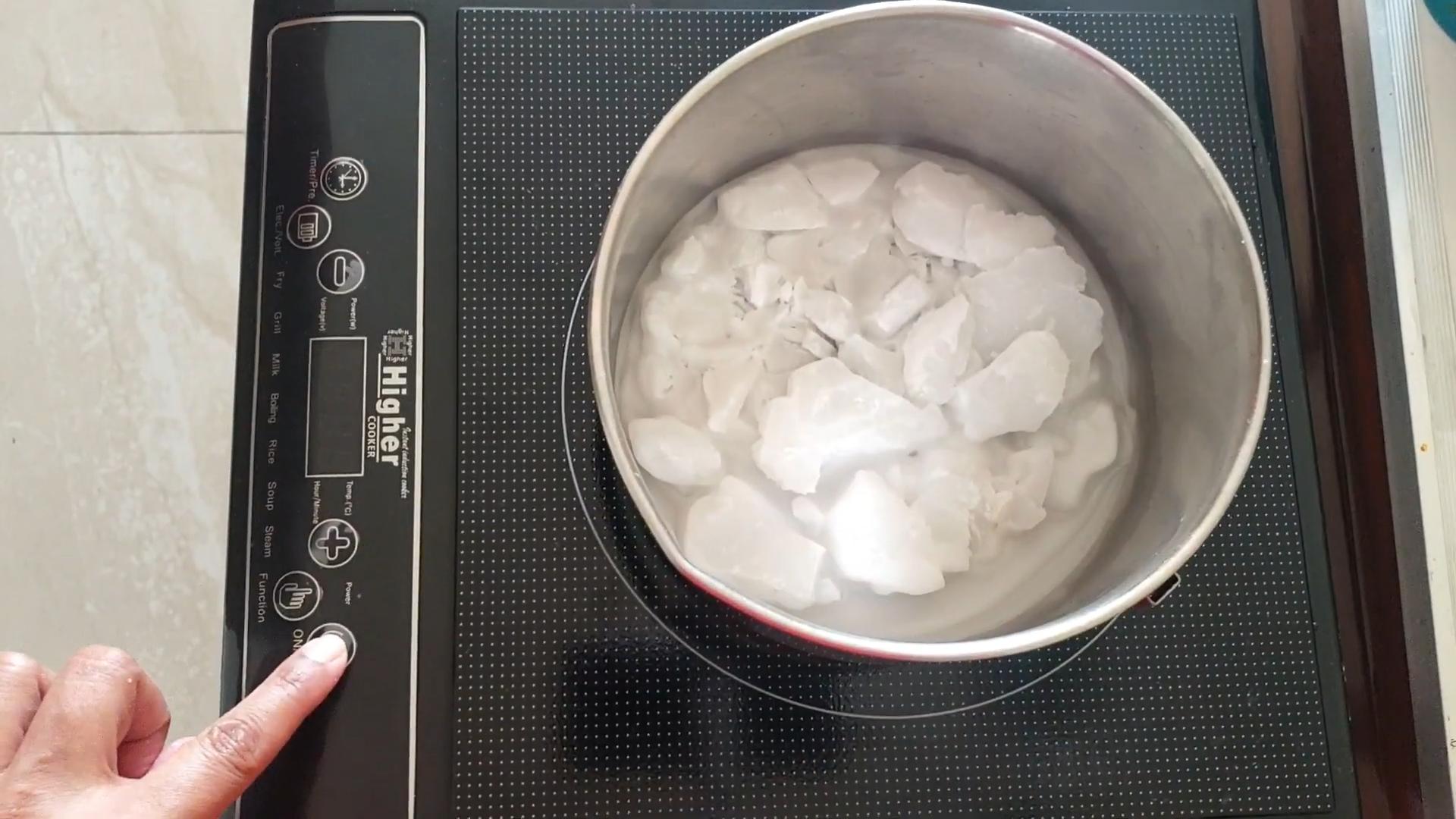
Conclusion
So, there you have it! Crafting your own DIY handmade candles isn’t just a fun project; it’s a gateway to personalized ambiance, a sustainable practice, and a truly rewarding experience. Forget those mass-produced, generic candles that lack character and often contain questionable ingredients. With a few simple supplies and a dash of creativity, you can transform your home into a haven of warmth and fragrance, all while knowing exactly what’s burning in your space.
Why is this DIY trick a must-try? Because it empowers you to control every aspect of your candle, from the type of wax and fragrance to the container and overall aesthetic. You can tailor the scent to match your mood, the color to complement your décor, and the size to suit your needs. Imagine creating a calming lavender candle for your bedroom, a vibrant citrus candle for your kitchen, or a cozy cinnamon spice candle for the holidays. The possibilities are truly endless.
Beyond personalization, making your own candles is a fantastic way to reduce waste and embrace a more eco-friendly lifestyle. You can repurpose old jars, teacups, or even seashells as unique candle containers. Plus, you can choose natural waxes like soy or beeswax, which are biodegradable and burn cleaner than paraffin wax.
But the real magic of DIY handmade candles lies in the joy of creation. There’s something incredibly satisfying about transforming raw materials into something beautiful and functional. It’s a chance to unplug from the digital world, engage your senses, and tap into your inner artist.
Looking for some variations to spice things up? Consider adding dried flowers, herbs, or spices to your wax for a visually stunning and aromatically complex candle. Experiment with different essential oil blends to create custom fragrances that evoke specific emotions or memories. You can even try layering different colors of wax to create a marbled or ombre effect. For a rustic touch, use wooden wicks, which crackle softly as they burn, adding to the cozy atmosphere. Or, if you’re feeling adventurous, try making beeswax candles with honey straight from a local farm!
We wholeheartedly encourage you to give this DIY trick a try. It’s easier than you might think, and the results are well worth the effort. Gather your supplies, set aside some time, and let your creativity flow. We’re confident that you’ll be amazed at what you can create.
And most importantly, we want to hear about your experience! Share your photos, tips, and stories with us in the comments below. What scents did you choose? What containers did you use? What challenges did you overcome? We’re eager to learn from your successes and help you troubleshoot any issues. Let’s build a community of candle-making enthusiasts and inspire each other to create beautiful, sustainable, and personalized candles. So go ahead, light up your life with DIY handmade candles!
Frequently Asked Questions (FAQ)
What type of wax is best for DIY handmade candles?
The best type of wax depends on your preferences and priorities. Soy wax is a popular choice because it’s natural, biodegradable, and burns cleanly. It also has a good scent throw, meaning it releases fragrance well. Beeswax is another excellent option, known for its natural honey scent and long burn time. It’s also a sustainable choice, as it’s a byproduct of honey production. Paraffin wax is the most affordable option, but it’s derived from petroleum and may release harmful chemicals when burned. Coconut wax is a newer option that’s gaining popularity for its clean burn and excellent scent throw. Ultimately, the best wax for you will depend on your budget, environmental concerns, and desired candle characteristics.
How much fragrance oil should I add to my candles?
A general rule of thumb is to use 6-10% fragrance oil by weight. This means that for every pound of wax, you would add 0.96 to 1.6 ounces of fragrance oil. However, it’s important to check the fragrance oil manufacturer’s recommendations, as some oils are more concentrated than others. Start with a lower percentage and gradually increase it until you achieve the desired scent strength. Adding too much fragrance oil can cause the candle to smoke or not burn properly. Always use a kitchen scale to measure your wax and fragrance oil accurately.
What type of wick should I use?
The type of wick you use depends on the type of wax, the size of the container, and the fragrance load. Cotton wicks are a common choice and come in various sizes. Wooden wicks are also popular for their crackling sound and rustic appeal. To choose the right wick size, consult a wick guide, which provides recommendations based on the diameter of your container and the type of wax you’re using. It’s always better to err on the side of a slightly smaller wick, as a wick that’s too large can cause the candle to burn too hot and produce soot.
How do I prevent my candles from tunneling?
Tunneling occurs when the candle burns down the center, leaving a ring of unmelted wax around the edges. To prevent tunneling, make sure to burn your candle for at least 2-3 hours on the first burn, or until the entire surface of the wax has melted. This creates a “memory ring” that will help the candle burn evenly in subsequent uses. Also, ensure that your wick is the correct size for your container. If your candle is tunneling, you can try wrapping it in aluminum foil, leaving a small opening at the top, to help melt the remaining wax.
Can I use essential oils instead of fragrance oils?
Yes, you can use essential oils in your DIY handmade candles, but there are a few things to keep in mind. Essential oils are more volatile than fragrance oils, meaning they evaporate more quickly. This can result in a weaker scent throw. Also, some essential oils can be flammable, so it’s important to use them in moderation and follow safety precautions. When using essential oils, it’s best to use a higher percentage than you would with fragrance oils, typically around 10-12%. Choose high-quality essential oils from a reputable source to ensure purity and potency.
How do I clean up spilled wax?
Spilled wax can be a pain to clean up, but it’s not impossible. First, let the wax cool and harden completely. Then, use a dull knife or spatula to gently scrape off as much of the wax as possible. For remaining residue, you can try placing a paper towel over the wax and ironing it on low heat. The heat will melt the wax, which will then be absorbed by the paper towel. Repeat this process until all the wax is gone. For delicate surfaces, you can try using a hairdryer to soften the wax and then wiping it away with a cloth.
What safety precautions should I take when making candles?
Safety is paramount when making candles. Always work in a well-ventilated area and wear heat-resistant gloves to protect your hands from hot wax. Use a double boiler or a heat-safe container placed in a pot of simmering water to melt the wax, never melt wax directly on the stovetop. Keep a close eye on the wax while it’s melting and use a thermometer to monitor the temperature. Never leave melting wax unattended. Keep flammable materials away from the heat source and have a fire extinguisher nearby in case of emergencies. When pouring the wax, be careful not to spill it and avoid getting it on your skin. Allow the candles to cool completely before burning them.
How long should I let my candles cure before burning them?
It’s recommended to let your candles cure for at least 24-48 hours before burning them. This allows the fragrance oil to fully bind with the wax, resulting in a stronger and more consistent scent throw. Curing also helps the wax to harden and solidify, which can improve the candle’s burn performance. While you can technically burn your candles sooner, you’ll likely get better results if you wait a bit longer.
Where can I find supplies for making DIY handmade candles?
You can find candle-making supplies at craft stores, online retailers, and specialty candle supply shops. Look for reputable suppliers that offer high-quality waxes, fragrance oils, wicks, and containers. Some popular online retailers include Amazon, Etsy, and CandleScience. You can also check your local craft stores for a selection of supplies. When choosing supplies, be sure to read reviews and compare prices to get the best value for your money.
How can I make my DIY handmade candles more sustainable?
There are several ways to make your candle-making process more sustainable. Choose natural waxes like soy or beeswax, which are biodegradable and renewable resources. Use recycled or repurposed containers, such as old jars, teacups, or tins. Opt for essential oils instead of synthetic fragrance oils, as they are derived from natural sources. Use cotton or wooden wicks, which are biodegradable. Avoid using dyes or additives that can be harmful to the environment. Finally, recycle any leftover wax or packaging materials. By making these small changes, you can reduce your environmental impact and create more eco-friendly candles.


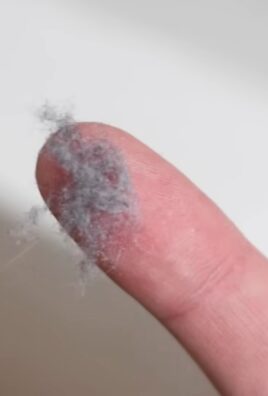
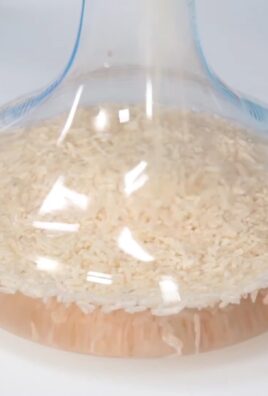
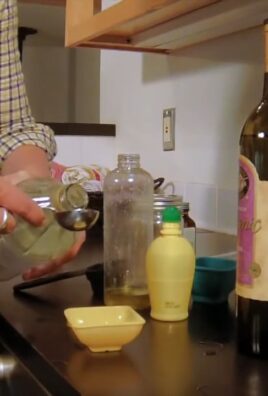
Leave a Comment